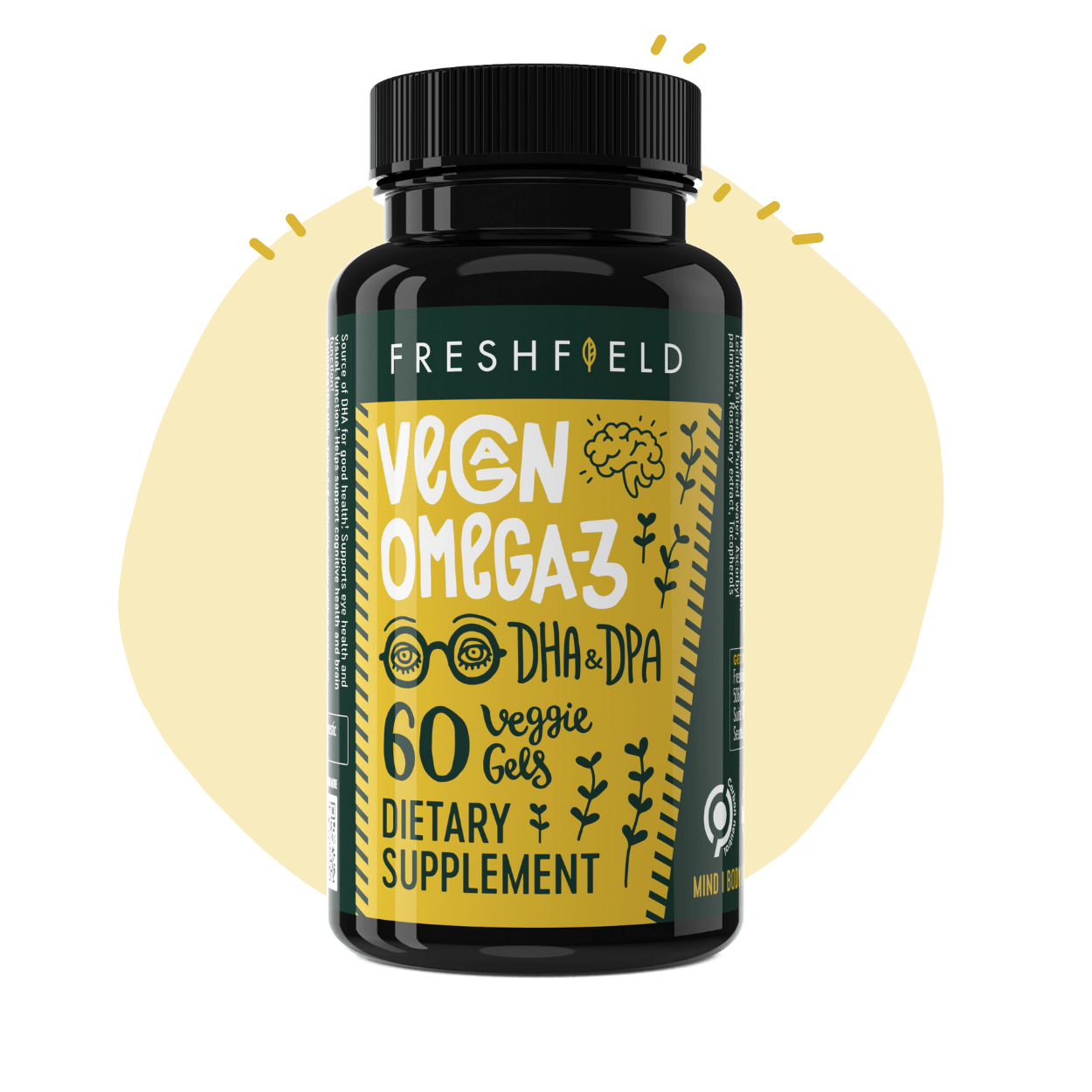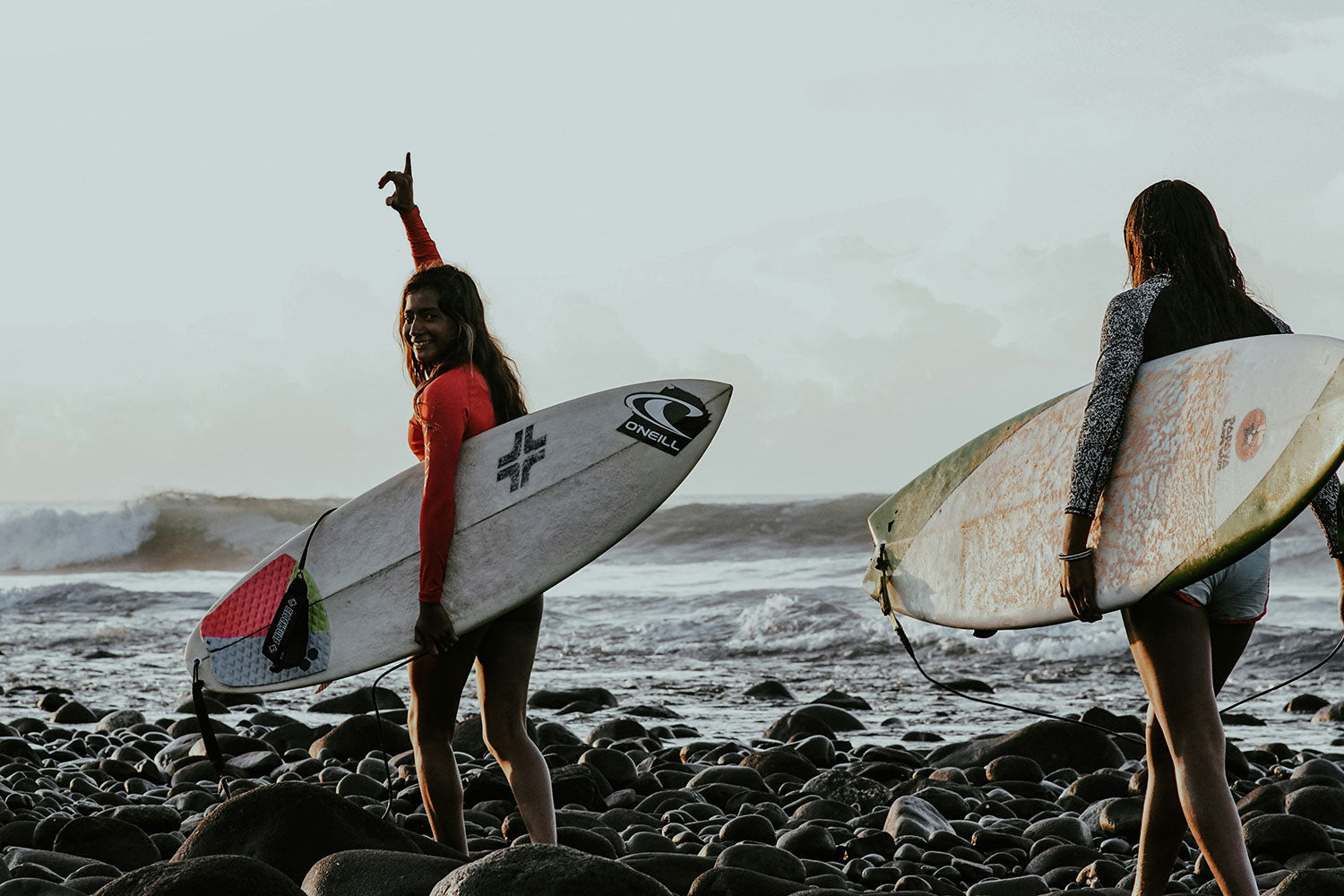How Freshfield’s up-cycled barley-rice protein out-performs whey—for you and the planet
1 | Why “saved grain” matters
Breweries worldwide generate ≈ 39 million t of brewer’s spent grain (BSG) every year; the beer industry’s largest by-product stream. Most of it becomes low-value cattle feed or landfill, even though BSG still contains 15–26% protein rich in essential amino acids.
2 | The mash-to-muscle process
Freshfield’s vegan protein up-cycled using a patented, low-energy wet-fractionation train:
-
Dewater & stabilise hot mash straight off the brewhouse to curb spoilage.
-
Enzymatic hydrolysis loosens protein-fibre bonds.
-
Micro- & dia-filtration strip out fibre; the permeate carries soluble protein.
-
Low-pressure nanofiltration (1–3 bar) concentrates the soluble protein into a highly dispersible solution.
-
Gentle spray-drying (< 70°C) locks in nutrition as ultra-fine protein powder.
Nutrition per 30 g scoop of Freshfield Vegan Protein (Vanilla): 21 g protein • 4.8 g BCAAs • 6.9 g glutamine • 100 cal • 3 g organic cane sugar.
Human digestibility studies presented at IFT 2023 show our DIAAS rivals whey and beats pea/soy on post-prandial uptake.
 3 | Performance you can taste
3 | Performance you can taste
-
Silky in 250 mL cold water or oat milk. No shaker ball, no grit.
-
9/9 amino acids and high glutamine for muscle repair.
-
Neutral taste slots into lattes, smoothies, or camp-oats.
4 | Receipts that make whey blush
|
Impact metric |
Whey isolate† |
Freshfield isolate |
Difference |
|
Global-warming potential |
≈ 14 kg CO₂e / kg protein |
≈ 1.8 kg CO₂e |
8× lower |
|
Land use |
30 m² / kg |
≈ 1 m² |
30× lower |
|
Fresh-water eutrophication |
0.002 kg P eq |
0.00007 kg P eq |
26× lower |
† Meta-analysis baseline; full LCA in 2023 report.
5 | Packaging that walks the talk
Your protein ships in a plant-based PLA pouch that’s fully recyclable, carrying ≈ 75 % lower cradle-to-gate CO₂ than PET flex films. Freshfield then funds the ethical recovery and processing of twice the plastic weight of every pouch and shipper, making each order net-negative on plastic.
6 | Your personal impact and what happens if 100,000 riders join in
|
Lever |
Per month (20 servings) |
Per year(you) |
If 100,000 people switch |
|
CO₂e avoided |
7 kg |
84 kg |
8,400 t — equal to taking ≈ 1,800 cars off the road for a year |
|
Brewer’s grain rescued |
3 kg |
36 kg |
3,600 t — enough for ≈ 7.2 million loaves of bread (0.5 kg each) |
|
Plastic waste removed |
70 g |
0.84 kg |
84 t — about 4 million 500 mL plastic bottles |
Small scoop. Big ripple. Proof that fuelling your body can also protect the playgrounds you love.
7 | Trail-tested prep hacks
-
Van-life latte: 1 scoop Vanilla + instant espresso + 250 mL hot oat milk.
-
Dawn-patrol cold shake: 1 scoop + 250 mL river-temp water; swirl & send.
-
Camp-stove oats: Fold Unflavoured scoop into boiling oats for stealth gains.
-
Smoothie rescue: Blitz Unflavoured with freezer-burnt berries & “meh” bananas.
Citations
-
LCA Executive Summary 2023.
-
ACS J. Agric. Food Chem., “Brewers’ Spent Grain: An Unprecedented Opportunity…”
-
Packaging Europe, “PLA flex films show 75 % lower carbon footprint vs. PET.”
-
EPA Greenhouse Gas Equivalencies Calculator.






Share:
Yes, you really can help save the ocean.
Plant-based, Fish-Free Omegas, Two Ways: Which Softgel Fits Your Life?